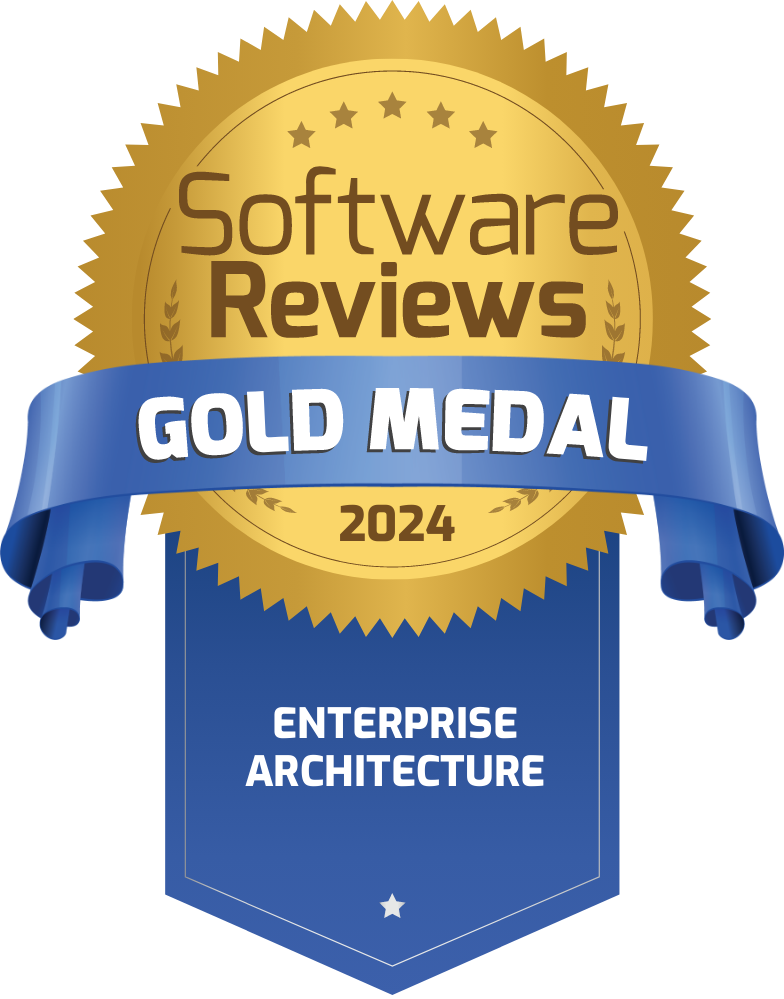Service Catalog and Application Portfolio in one
Full-blown Service Library for Customer- and Resource Facing Services as well as enabling resources.
Service Library is at its best when it includes all service specifications and underlying logical and physical resources. New services are created by reusing parts of existing ones. Magyar Telekom, 2015.


Tamás Nacsák chief service architect, Magyar Telekom

János Nederman service development senior manager, Magyar Telekom
The Challenge
In one of the fastest developing industries, the traditional concept of “product” has become obsolete. Today’s products are rather integrated and creative sets of services, which are created at the speed of light. Magyar Telekom assembles these from existing as well as new customer and resource facing encapsulated services. The company needed a service library to consciously manage this hierarchy and to develop new solutions that are built from these units.
The Solution
The SAMU tool has provided a flexible yet structured repository of all existing and planned services. Services are further broken down into logical and physical resources. New business demands are satisfied and products are created by combining these services. The service library is open to colleagues, and also serves as a communications directory of available resources within the company.
UPDATE: SAMU has been integrated with Magyar Telekom’s HP Service Manager application in order to supply a unified service information platform for IT operations. From now on operations people can also visualize service trees with a click of a button.

True SOA, faster product delivery
Common enterprise service library
Recycled services
Increased cooperation
Major challenge ahead?
Let us show you how SAMU can support you! Sign up for a personalized demo now …Join our satisfied customers!
Digitally conscious businesses who trust us


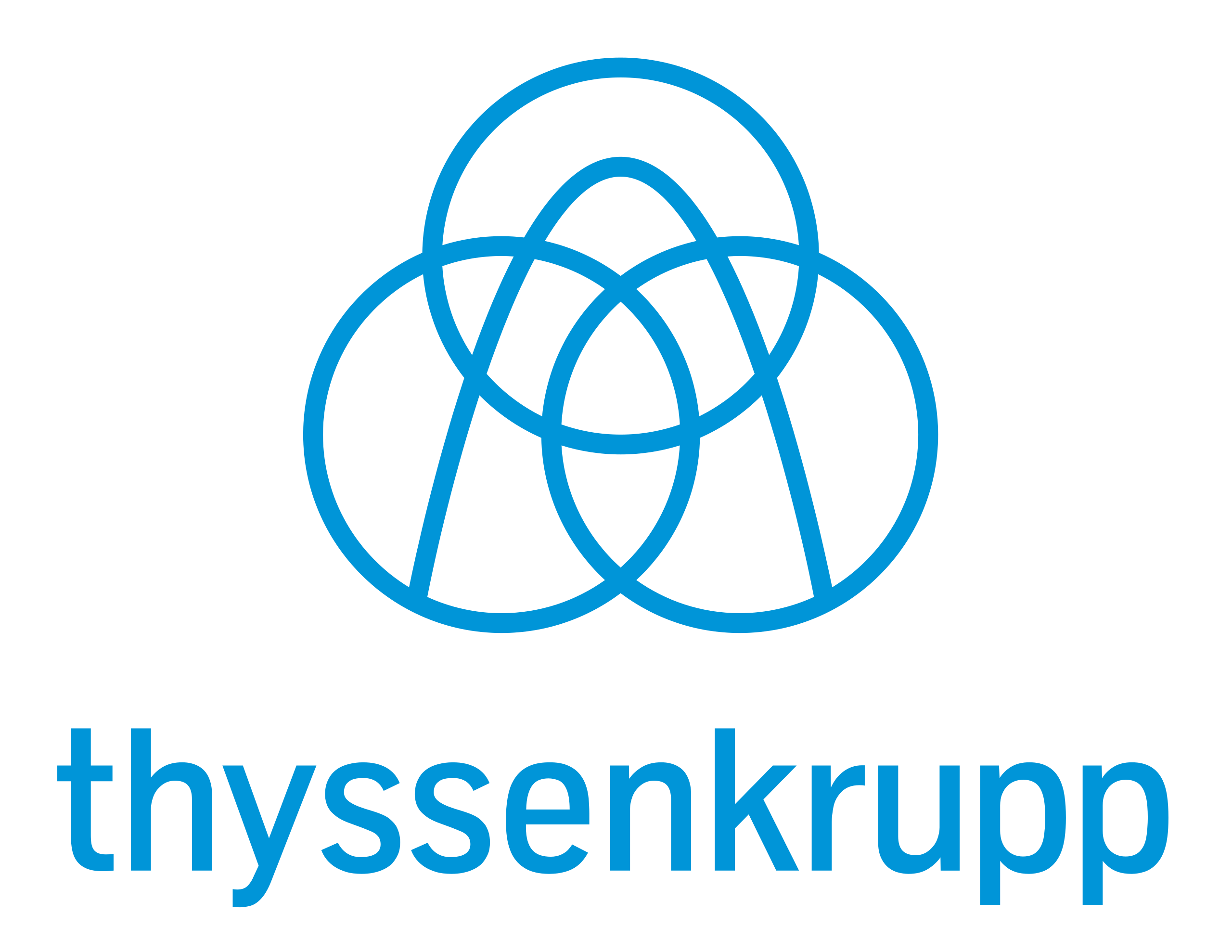

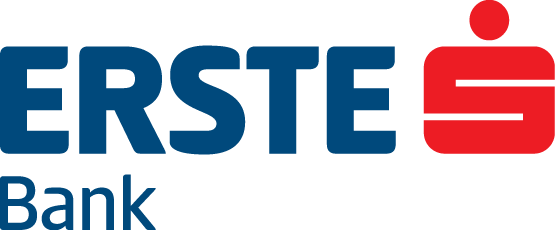
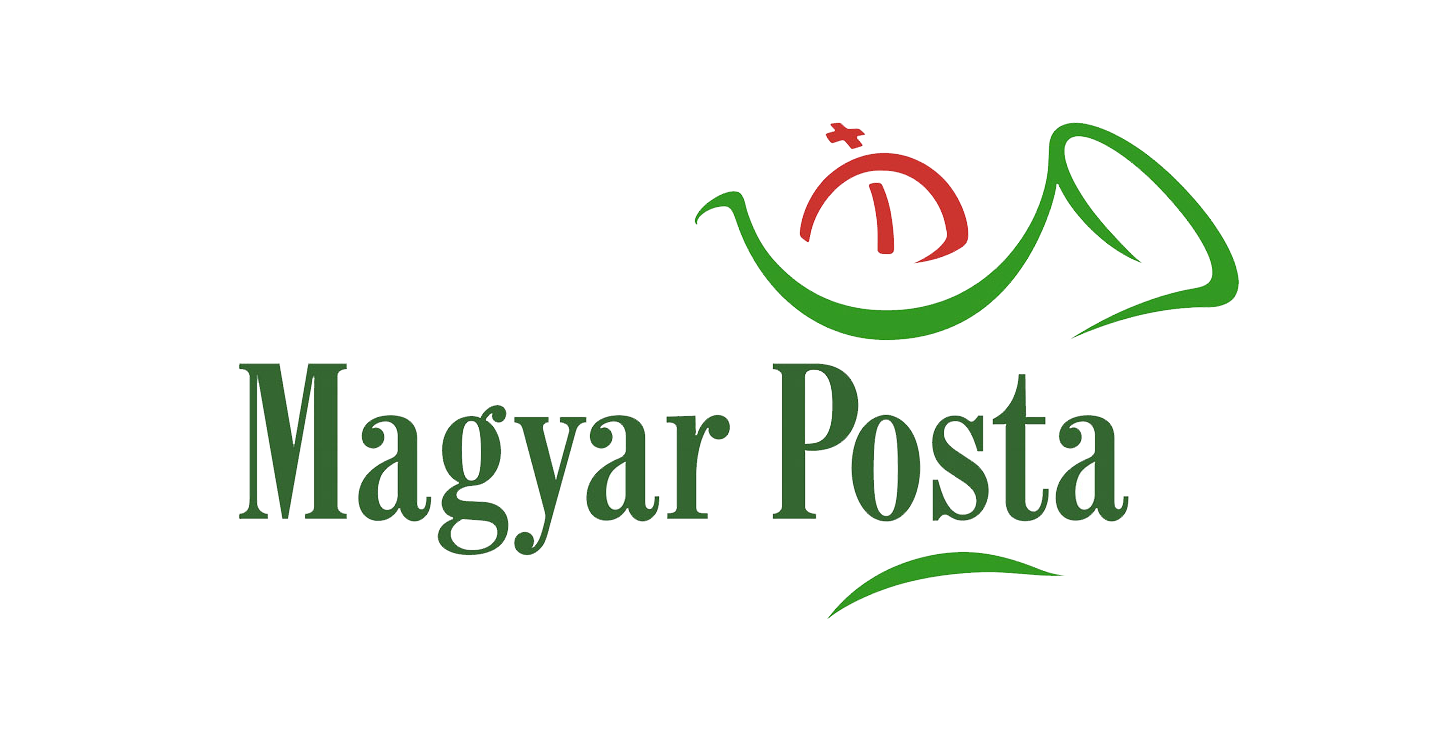


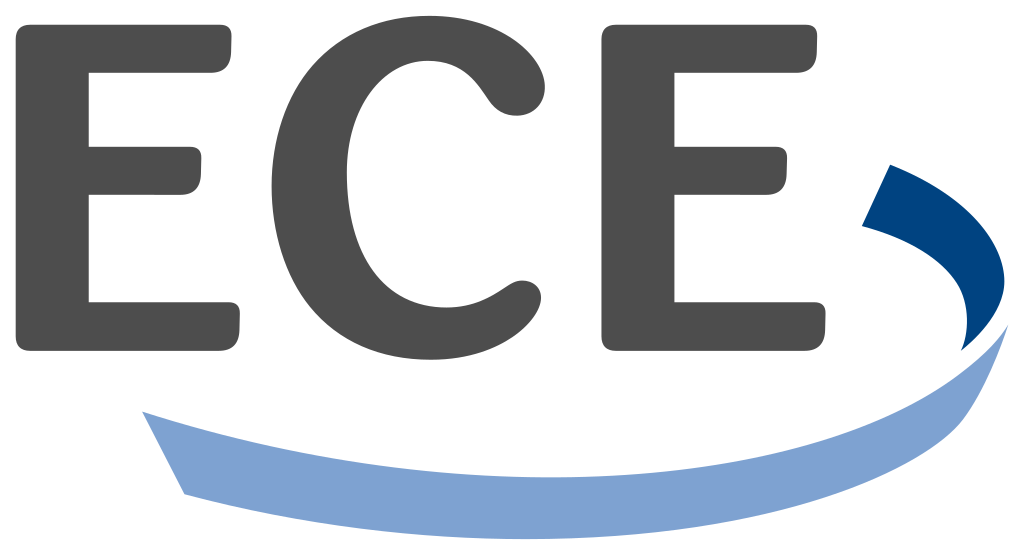

Why us?
We offer a Free SAMU Trial and/or a Free Proof of Concept (We set up the trial using customer data)
SAMU is extremely flexible, the meta-model is fully flexible, custom reports can be created, sophisticated user permission rights
Our Best Practice Model based on 20+ years of experience in delivering successful EA projects
SAMU has been developed using a bottom-up approach. Product development is based on real-life customer needs.
Customer satisfaction and our approach. Each customer is unique. We strive to bring real value and to have a successful EA practice.
Powerful visualizations: Our visualizations are all data-driven generated from the live repository with multiple lifecycle views available.
Integration capabilities: Sophisticated API to automate data upload and maintain quality in the repository.
Don't take our word for it!

Atoll Technologies Ltd. EA tool SAMU is a leader in Info-Tech Research Group /SoftwareReview 2024 Enterprise Architecture Data Quadrant Report.
![]()

„Atoll Technologies Ltd.is the dominant vendor for EA tools in the Middle East. It also has regional strength in Central and Eastern Europe, and can provide strong support to these otherwise underserved markets."
![]()

Atoll Technologies Ltd. EA tool SAMU is included in the Forrester Now Tech: Enterprise Architecture Management Suites, Q2 2022.
![]()

